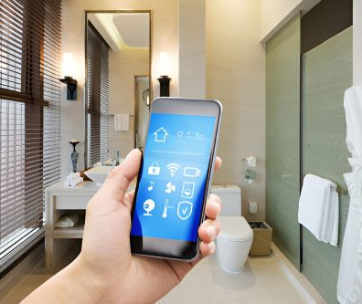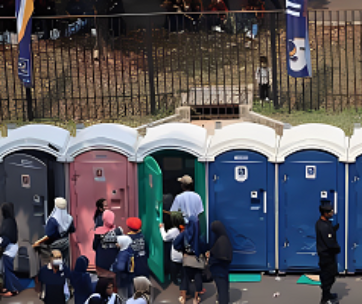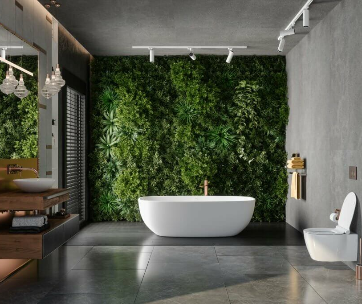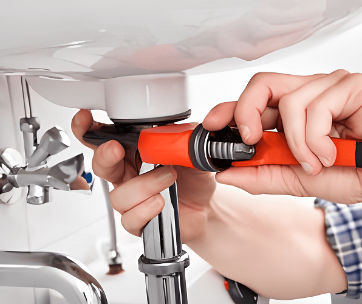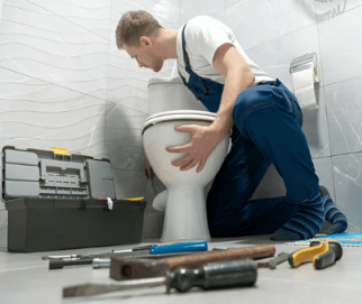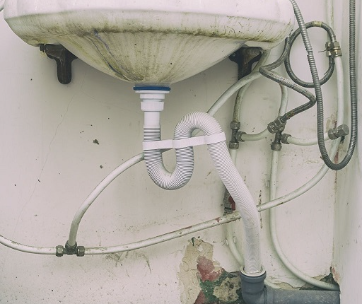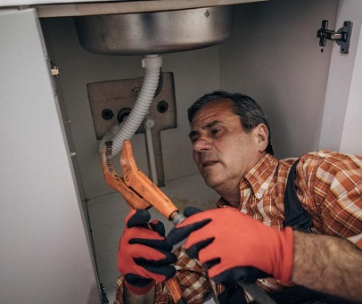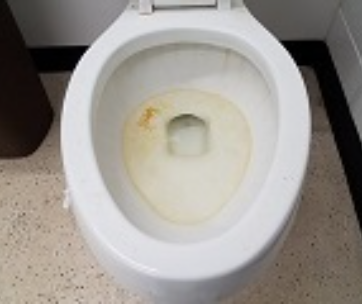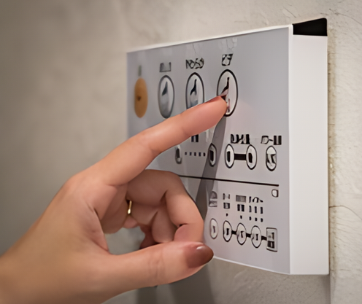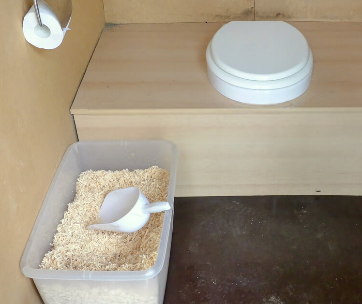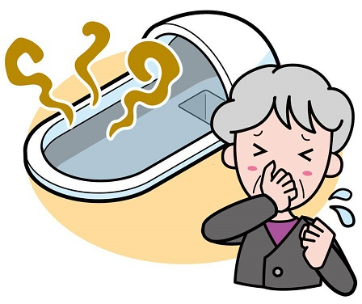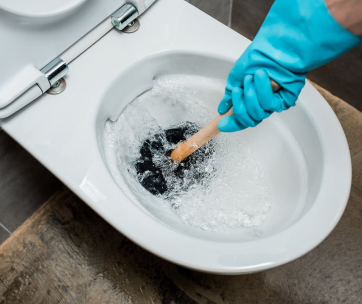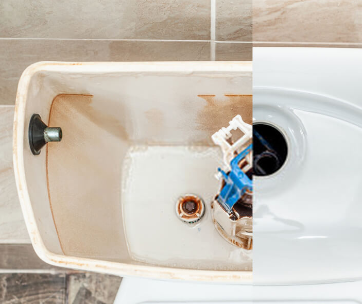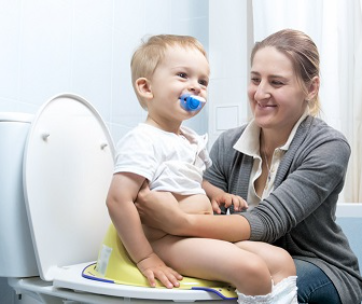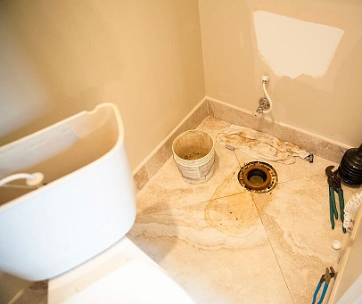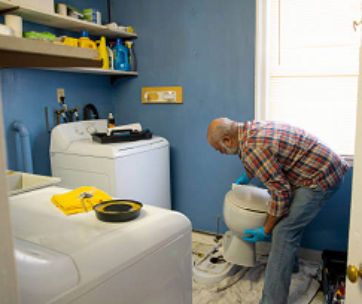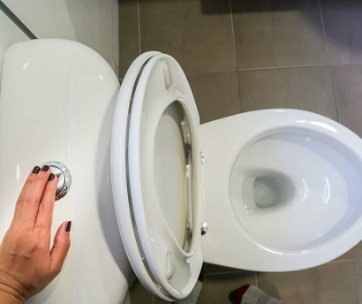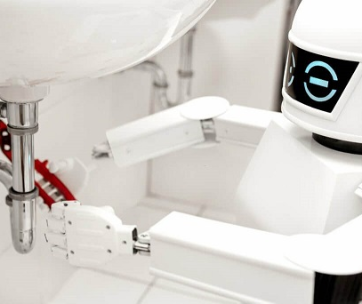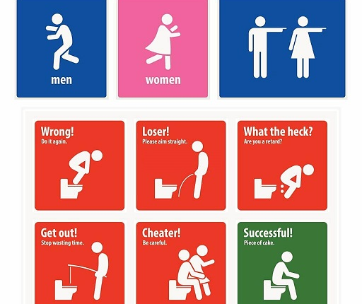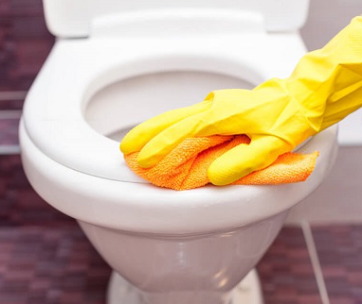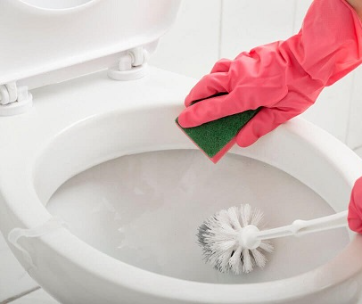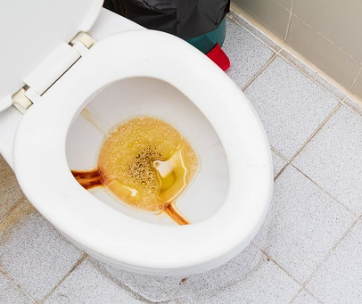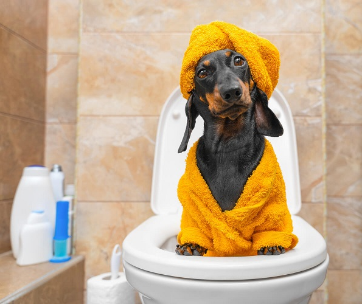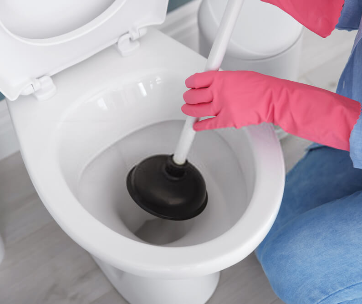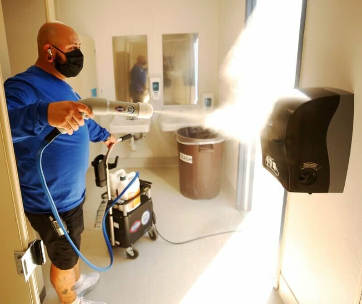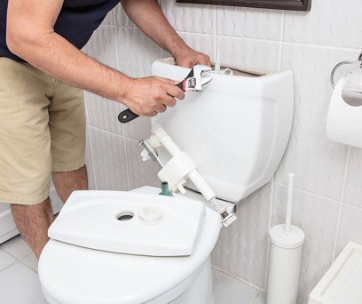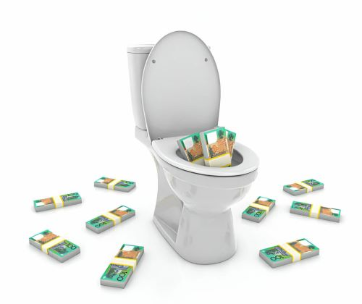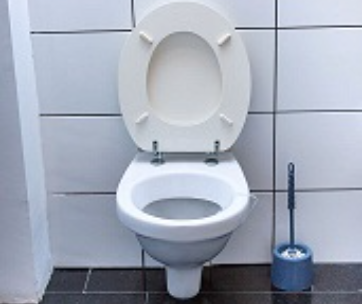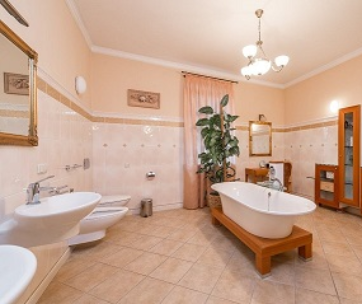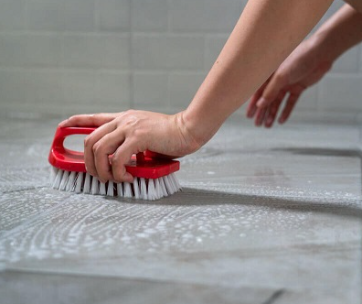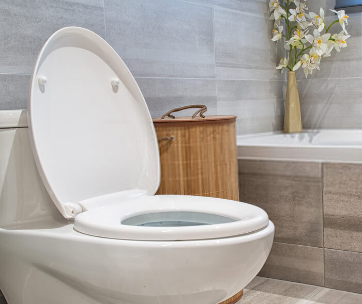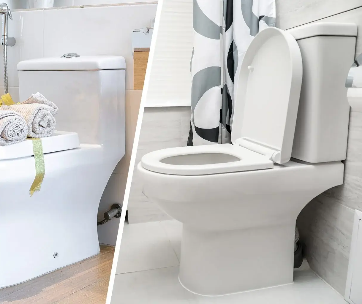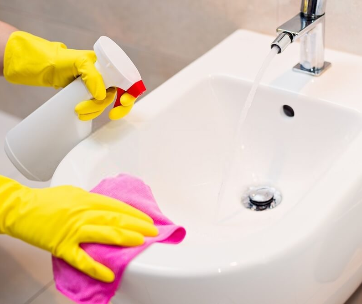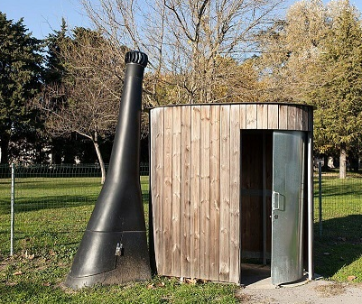The Rise of Smart Toilets: Market Trends, Growth, and Future Prospects
Introduction
The toilet industry has experienced remarkable advancements in recent years, particularly with the rise of smart toilets, which stand out as one of the most innovative developments in home technology. As modern life becomes increasingly intertwined with digital solutions, consumers are placing a higher value on convenience, hygiene, and efficiency in their home appliances.
Smart toilets is at the forefront of this trend, boasting an array of advanced features designed to enhance user experience. These toilets often include automatic flushing mechanisms that activate as soon as the user stands up, thus minimizing water wastage and improving sanitation. The bidet functions offer personalized cleansing options, adjustable water temperature, and pressure control, promoting enhanced cleanliness and comfort. Many smart toilets also come with self-cleaning capabilities using UV light or antimicrobial coatings, significantly reducing the need for harsh chemical cleaners and maintaining a pristine environment.
Some smart toilet models even integrate health monitoring technology, featuring sensors that can analyze user metrics such as weight, hydration levels, and other vital signs, providing insightful data that can aid in proactive health management.
In this article, we scrutinize the key trends propelling the growth of the smart toilet market, including the increasing consumer focus on sustainability and digital automation, its impressive growth potential in various geographic markets, and the promising innovations on the horizon that could further transform this dynamic industry.
Market Trends Driving the Growth of Smart Toilets
A variety of significant trends have played an pivotal role in the surging popularity of smart toilets. Foremost among these are remarkable advancements in technology, which have introduced innovative features such as automated cleaning, bidet functions, and personalized user settings. Alongside this technological evolution is a heightened awareness of hygiene, prompting individuals to seek out more sanitary smart toilet solutions that minimize contact and enhance cleanliness.
Growing concerns around sustainability are encouraging consumers to invest in water-efficient models that reduce waste and promote eco-friendly practices. Finally, an increasing desire for luxury and comfort in the bathroom experience has led many to embrace smart toilets as the ultimate expression of sophistication and modern living.
1. Technological Advancements
Smart toilets have evolved significantly, now integrating advanced technologies such as artificial intelligence-driven sensors, touch-free controls, and intuitive voice-activated functions for an unparalleled user experience. These modern toilets boast features like automatic lid opening and closing, which not only enhance convenience but also promote hygiene. Heated seats provide a comforting touch during colder months, while customizable water pressure settings allow users to tailor their experience to their preferences.
Moreover, many high-end models are designed with sophisticated air-drying capabilities, using gentle warm air to ensure thorough drying without the need for toilet paper. Some of the most innovative smart toilets even offer real-time health monitoring, equipped with sensors that can analyze urine and stool samples for early detection of potential health issues. This transformative technology provides users with valuable insights into their health, making regular toilet visits not only a necessity but also a proactive step toward maintaining overall well-being. With a combination of luxury, comfort, and health management, smart toilets are redefining modern bathroom experiences.
2. Growing Hygiene Awareness
The COVID-19 pandemic significantly amplified public awareness regarding hygiene practices and the necessity for touchless solutions in everyday environments, particularly in restrooms. As a result, many consumers are increasingly prioritizing bathroom fixtures designed to minimize physical contact. Among the most sought-after innovations are smart toilets that feature advanced technologies such as motion sensors for automatic flushing, UV sanitation systems that effectively eliminate harmful pathogens, and self-cleaning mechanisms that maintain hygiene and reduce maintenance efforts.
These sophisticated features not only contribute to a cleaner toilet environment but also enhance the user experience by fostering a more sanitary space, ultimately playing a crucial role in curbing the transmission of bacteria and viruses in shared facilities.
3. Sustainability and Water Conservation
Environmental consciousness is increasingly influencing purchasing decisions, with both consumers and businesses actively seeking innovative solutions to conserve resources and minimize their ecological footprint. Among these solutions, smart toilets are emerging as a significant contributor to sustainable practices. These advanced fixtures are equipped with sophisticated technology that includes features like dual-flush mechanisms, which allow users to select a reduced flush for liquid waste and a full flush for solid waste, thereby optimizing water usage.
Certain models are designed with sensor technology that can accurately detect the type of waste being disposed of. This capability enables the toilet to automatically adjust the water consumption for each flush, thereby minimizing unnecessary water wastage and promoting efficient usage. As a result, smart toilets not only enhance the convenience and comfort of bathroom experiences but also play a crucial role in promoting water conservation and reducing overall environmental impact. These innovations reflect a growing trend towards integrating sustainability into everyday products, highlighting the importance of responsible consumption in today's eco-conscious market.
4. Rising Demand for Luxury and Comfort
Modern homeowners are increasingly investing in premium toilet solutions that significantly elevate their day-to-day living experience. Among these advancements, smart toilets have emerged as a standout feature, often seen in luxury hotels and upscale residences. These state-of-the-art fixtures offer a comfortable user experience through a range of innovative features.
For instance, many smart toilets now include personalized settings that allow users to adjust water temperature, pressure, and even spray direction to suit their preferences. Advanced night lighting options illuminate the bowl with a soft glow, providing a gentle guide during nighttime visits while also enhancing safety. Temperature-controlled seats ensure maximum comfort, adapting to the user’s needs regardless of the season.
Many models come equipped with integrated bidets, self-cleaning mechanisms, and even built-in deodorizers for a fresh experience. With touchless flushing and remote-control operation, these high-tech bathrooms not only prioritize hygiene but also offer a luxurious touch that transforms the typical bathroom ritual into an indulgent experience.
Market Growth and Expansion
The global smart toilet market is witnessing remarkable growth, fueled by substantial investments in innovative research and development. This dynamic expansion can be attributed to a myriad of factors, including advancements in technology, increasing consumer awareness of hygiene and comfort, and the rising demand for eco-friendly solutions. As manufacturers push the boundaries of design and functionality, smart toilets are becoming increasingly adept at integrating features that enhance user experience, making them a sought-after addition in modern bathrooms around the world.
1. Increasing Urbanization and Smart Homes
As urban populations continue to swell, the demand for innovative smart home solutions is escalating, driven by the desire for convenience and enhanced efficiency in daily life. Among these advancements, smart toilets stand out as a remarkable reflection of the overarching trend toward connected living spaces. These state-of-the-art fixtures not only offer a luxurious upgrade to traditional bathrooms but also integrate effortlessly with sophisticated home automation systems, providing users with a smooth experience that enhances comfort and promotes sustainability.
2. Expansion in Commercial and Hospitality Sectors
Hotels, airports, and commercial buildings are increasingly adopting advanced smart toilet technology to significantly enhance guest experiences and promote hygiene. These fixtures are being integrated into high-end hospitality establishments to create a distinct competitive advantage and meet the rising expectations of modern, tech-savvy travelers. Smart toilet features such as automatic sensor flushing, heated seats, and integrated bidet functions not only provide exceptional comfort and convenience but also ensure superior sanitation in public restrooms.
These smart toilets often include user-friendly controls, air deodorizers, and ambient lighting, further elevating the overall experience. By embracing these innovative amenities, establishments are not only investing in improved guest satisfaction but are also demonstrating their commitment to sustainability and cutting-edge technology in the hospitality industry.
3. Technological Integration with IoT and AI
The Internet of Things (IoT) and artificial intelligence (AI) are significantly transforming the landscape of smart toilets, integrating advanced technology into everyday hygiene practices. IoT-enabled toilets can be controlled through dedicated mobile applications, empowering users to adjust various settings such as water temperature, bidet functions, and seating preferences from the convenience of their smartphones. This connectivity also allows users to track and monitor water consumption over time, promoting sustainable usage and awareness of water conservation.
AI-driven features are revolutionizing the user experience by leveraging machine learning algorithms to analyze individual preferences and behaviors. These intelligent systems can adapt to specific user patterns, gradually personalizing smart toilet settings such as flushing intensity, ambient lighting, and even air freshening functionalities based on historical data and user feedback. This level of customization not only enhances comfort and convenience but also provides an increasingly intuitive interaction with technology, making everyday toilet routines more efficient and enjoyable.
4. Government Regulations and Incentives
Governments across various regions are increasingly prioritizing water conservation initiatives as a response to growing concerns about water scarcity. These efforts include comprehensive programs aimed at encouraging the widespread adoption of water-efficient technologies. To further motivate residents and businesses, many local and state governments are offering attractive incentives and rebates for the purchase of eco-friendly fixtures.
Government incentives have significantly increased the demand for innovative products such as smart toilets, which are designed to minimize water usage without compromising performance. Such trends are particularly pronounced in areas grappling with severe water shortages, where every drop counts, and residents are more likely to embrace sustainable solutions that promote responsible water management.
Conclusion
The emergence of smart toilets represents a transformative evolution within the toilet industry, propelled by significant advancements in technology, an increased focus on hygiene, and growing concerns regarding sustainability. These innovative fixtures often include features such as automatic flushing, heated seats, integrated bidets, and self-cleaning capabilities, all of which cater to the modern consumer's desire for enhanced convenience and comfort.
Despite existing challenges, such as the initial high costs and potential maintenance complexities associated with these advanced systems, the market is on the brink of rapid expansion. Recent innovations are gradually making smart toilets more affordable and user-friendly, ultimately broadening their accessibility to a wider audience. As these high-tech amenities gain popularity, they are likely to become integral components in both contemporary homes and commercial facilities.
The influence of smart toilets extends beyond mere luxury; they contribute significantly to improved personal hygiene and overall health standards by reducing the risk of cross-contamination and providing a more thorough cleaning experience compared to traditional toilets. Furthermore, many models are designed with water conservation in mind, incorporating efficient flushing systems that minimize water usage without sacrificing performance, thus addressing environmental sustainability concerns.
As smart toilets continue to gain traction, their role in enhancing the quality of daily life, promoting health, and conserving resources will undoubtedly grow. The future of the toilet technology market is undoubtedly smart, ushering in a new era characterized by unparalleled convenience, health benefits, and ecological mindfulness that will reshape our everyday experiences in profound ways.



